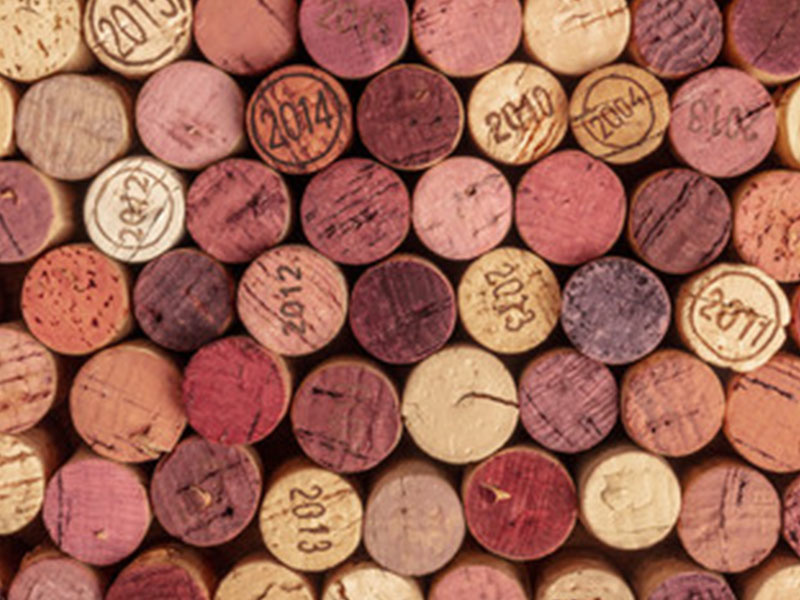Red Blends – Redux

A red blend is a designation or description indicating that the bottle contains more than one grape variety. Red blends can be made in traditional style, such as a Bordeaux or Rhône wine, or with any combination of grapes that the winemaker desires, if it is in alignment with the local wine laws. Wine laws can dictate what grapes can be used and in what proportion.
Some of the most popular and best-selling wines are red blends. These wines pair well with rich foods. Red blends can be approachable wines, with a smooth and round mouth feel. The wines are available at all levels of retail shops, with recognizable names and labels. Per Nielsen in the article from Beverage Media Group, if red blends were tracked the way a varietal wine is tracked, it would be the third largest, in terms of revenue.
Despite the consumers’ love for red blends, they really aren’t a specific style of wine. Red blends allow the winemaker to produce a more balanced wine, by adding more of a variety that has higher acidity to increase that, if needed, or to add a variety with high tannins, if more structure is needed. Red blends are produced worldwide, in just about every wine region.
Wines from around the world, including wines from Bordeaux and the Rhone Valley, in addition to Rioja and Chianti and others, do not call themselves blends even though they almost always are. Bordeaux and its American counterpart designation Meritage (pronounced as a blending of Merit + Heritage = Meritage) would include only those grapes approved to be included in Bordeaux wines, including Cabernet Sauvignon, Merlot, Cabernet Franc, Malbec, and Petit Verdot, but also Carménère. In the Rhône Valley in Southern France, wines are blends of Syrah, Grenache, Mourvèdre, Cinsault, Carignan, and Counoise, and other approved local varieties. Wines made with these grapes elsewhere in the world are called Rhone-style. Rioja can be up to 100% Tempranillo, and Chianti can be up to 100% Sangiovese, but they aren’t always as other grapes can be blended in.
Depending on the origins of the wine, even a wine labelled as a varietal wine (grape name on the label) can technically be a blend. In general, in the United States, if a wine has Cabernet Sauvignon on the label, it can be anywhere from 75 to 100% Cabernet Sauvignon, by law. Labeling laws differ in a few U.S. states and, of course, around the world.
If you can find a 100% varietal wine like Cabernet Sauvignon and a blend from predominantly the same grape, produced in the same region, and even the same producer, try them side by side. What does the other grape or grapes bring to the Cabernet Sauvignon? Does it soften the bold tannins that the Cabernet Sauvignon has? Is the wine softer or smoother? What additional aroma or flavor characteristics do the blended grapes bring? Wine is meant to be enjoyed, so have fun comparing and contrasting varietals and blends!

Comments
Be the first to comment...